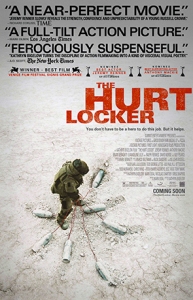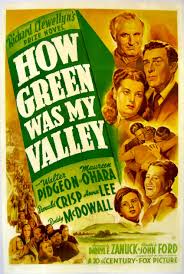 I have no firsthand experience of what it is like to be at war. However, like many other people, my life has been touched by the military. My father served in the Navy – first active duty, including in Vietnam, and then the reserves for many years. My grandfather, a German immigrant, fought with the U.S Army in World War II – I can’t even imagine what that was like.
I have no firsthand experience of what it is like to be at war. However, like many other people, my life has been touched by the military. My father served in the Navy – first active duty, including in Vietnam, and then the reserves for many years. My grandfather, a German immigrant, fought with the U.S Army in World War II – I can’t even imagine what that was like.
I also worked for two years for an organization that served veterans and service members. While there, I met many incredible people who had been in a host of difficult situations in their service. In particular, I learned about explosive ordnance disposal (EOD) from a co-worker – the only woman in her company in the army who was awarded the prestigious silver star for her dangerous work essentially dismantling bombs.
It was with this in mind that I watched our newest film – The Hurt Locker. Directed by Kathryn Bigelow, this film won the Oscar for Best Picture for 2009 even though it was released in 2008 (a technicality because it was not released in the United States in 2009). It’s of note that Kathryn Bigelow is the first woman in history to win Best Director. I found it shocking that a woman had never received this distinction before 2009. The film tells the story of a three-man EOD squad in the Iraq War. It’s shot in a roughshod way in some parts, with poetic slow-motion angles in others. The film tells the story of three men – James, Sanborn, and Eldridge – and their trials and tribulations in both their work and personal lives. A quote displayed at the very beginning of the film sets the stage for the entire experience – “The rush of battle is a potent and often lethal addiction, for war is a drug.” (The line is from War Is a Force That Gives Us Meaning, a best-selling 2002 book by Chris Hedges, a New York Times war correspondent and journalist.) This rush and this addiction are central themes throughout the story.
This is the most recent Best Picture we’ve drawn, just a few years before we started this project. Nevertheless, I was surprised by how far removed I’ve come to feel from that time. Continue reading
